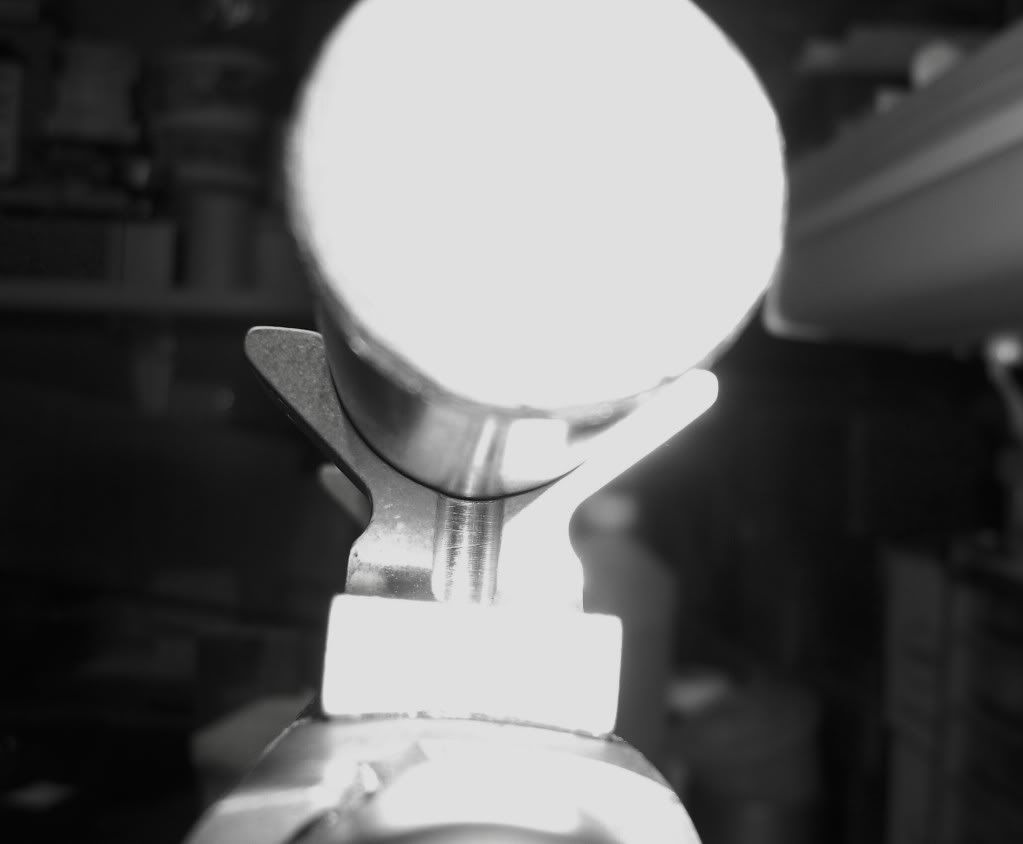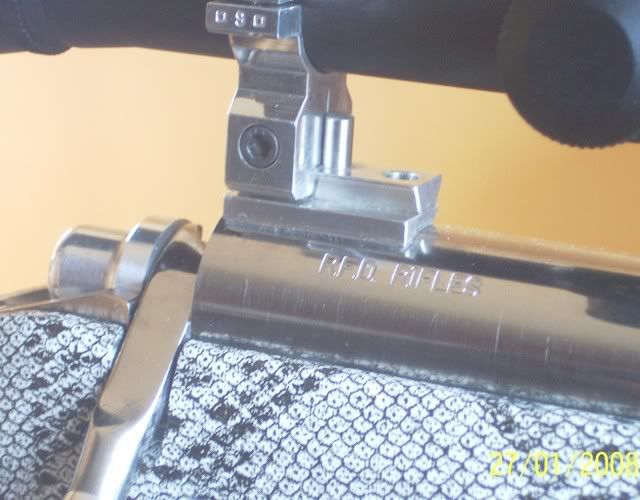C
CMaier
Guest
All this discussion is just one more vote for burris insert rings,
either standard or the new tacticool version.
either standard or the new tacticool version.
All this discussion is just one more vote for burris insert rings,
either standard or the new tacticool version.
They are heavy. Some rifle situations won't allow them.
Pete
Yes i do not have a 10.5 rifle.
I would trim the bbl before i did most of the band-aids suggested here.
According to the manufacturer,the left strut needs replacing on my wife's, European made sedan. 47,000 miles.
I keep forgetting how much it cost to get stuff like that repaired on these ,so called, well made vehicle's.
Just saying.
Glenn
MBrenner - you mentioned that the lower has been lapped. Perhaps they were lapped a bit too much and are no longer 30mm. If this may be the case...a layer of something or other may be needed to restore the "diameter" to 30mm. I've often wondered why folks believe scope rings need lapping but I don't know everything.....like I think I do.


Here's an example of why you relieve the parting lines. And why scope tubes get 'pinch marks'. And why they should be bedded.
A 'recoil lug' between the base and the ring can also be a big benefit on the dovetail setups. I fitted this one to my RFD:
Hey Al,
looks like you've also glued the bases down....... I feel very strongly about this. IMO gluing the bases is mandatory.
And about the recoil lug......"Why din't I think of that???"
nice!
